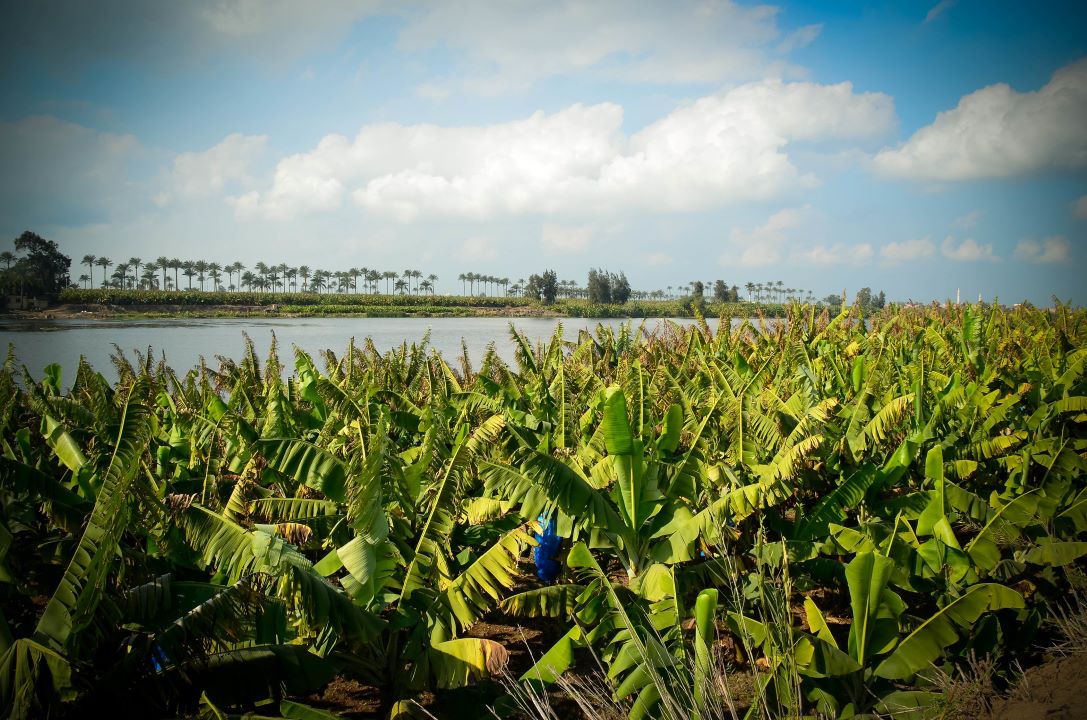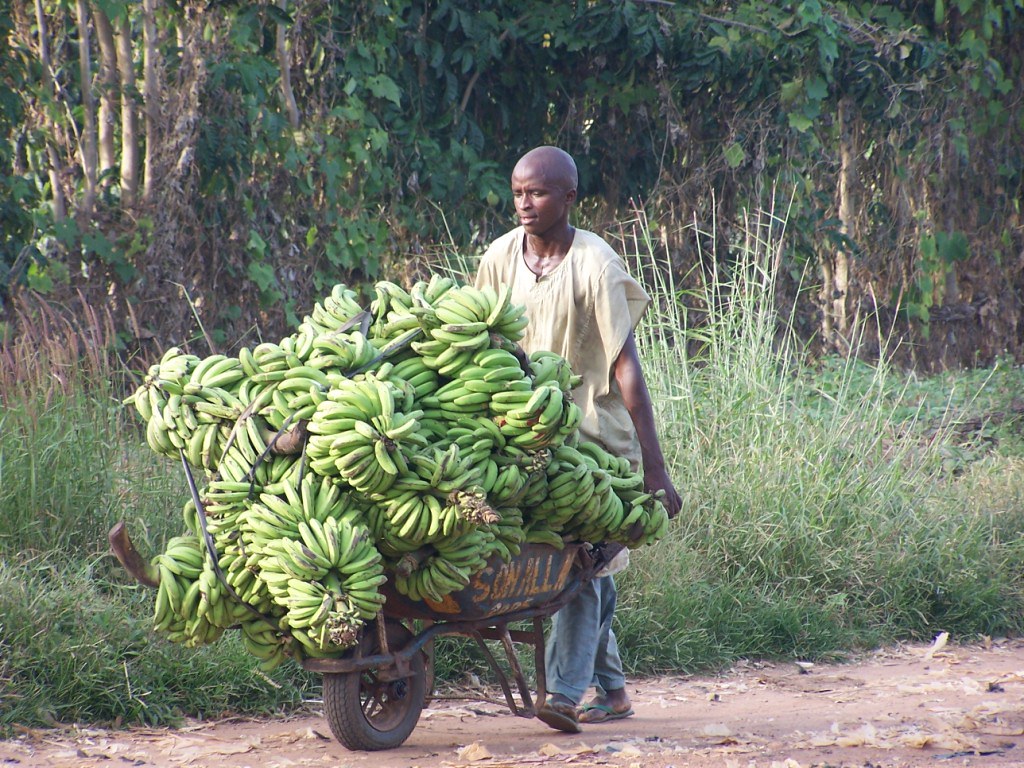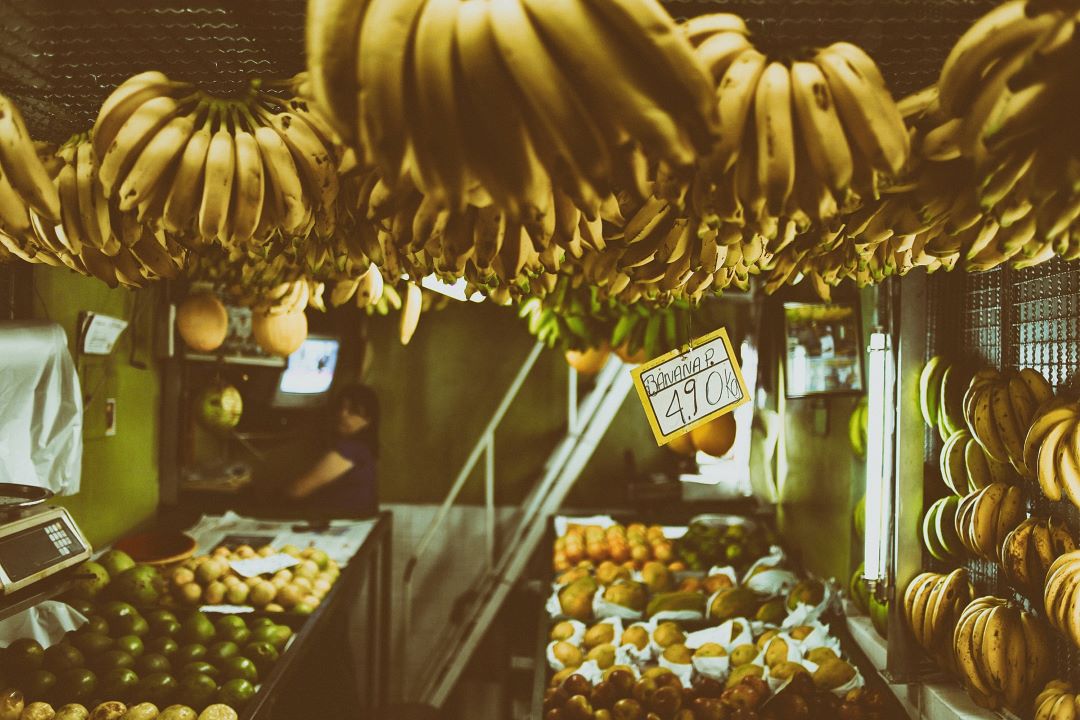Gold for traders, alms for workers on the verge of poverty. Bananas are one of the most popular fruits ever. Inhumane conditions are behind their production. How is it possible that sweet tropical fruits cost less than local fruits?
Banana Clones on a Dish
The average inhabitant eats 11.6 kilograms of yellow fruit annually. According to the World Food and Agriculture Organization, 155 million tonnes of bananas were grown in 2018. Unfortunately, this type of fruit makes up half of all food that consumers throw away, even though it is still usable.

97% of the world’s banana production is made up of the Cavendish variety, which is propagated exclusively vegetatively – by cuttings. It cannot produce viable seeds. That’s why supermarket bananas are genetic clones.
Risky Work on Banana Plantations
Physical work in the heat is exhausting. However, the main risk is toxic pesticides, which are applied to banana trees in large quantities. And that is ten times more than the cereal fields consume. Exposure to these chemicals can cause headaches, nausea, itchy skin, or fatigue. Later, more serious health problems may occur, including cancer, depression, abortion, or infertility.

The land is rapidly depleted and cannot be replanted with banana trees again. Growers turn thousands of hectares of native forests into plantations. In addition, for every tonne of harvested bananas, there are two tonnes of waste material at the same time – mainly trees that die after harvest. However, pesticides continue to be released from the destroyed plants into the environment.

Today, only five companies hold most of the global banana trade: Chiquita, Dole, Del Monte, Fyffes, and Noboa (Bonita). They produce 30 billion fruits a year. Traders are pushing purchase prices to a minimum, which is why bananas are among the cheapest fruits.
The average price is 1 EUR per kilo of bananas. While, for example, apples cost a third more. Margins for traders are about 40% of the price of bananas. Planters receive only about 7% of the retail price.
Source: https://www.researchgate.net/figure/Steps-for-banana-industrial-processing-and-major-waste-streams_fig4_334520354
Featured image by Roots, Tubers and Bananas on Flickr.















